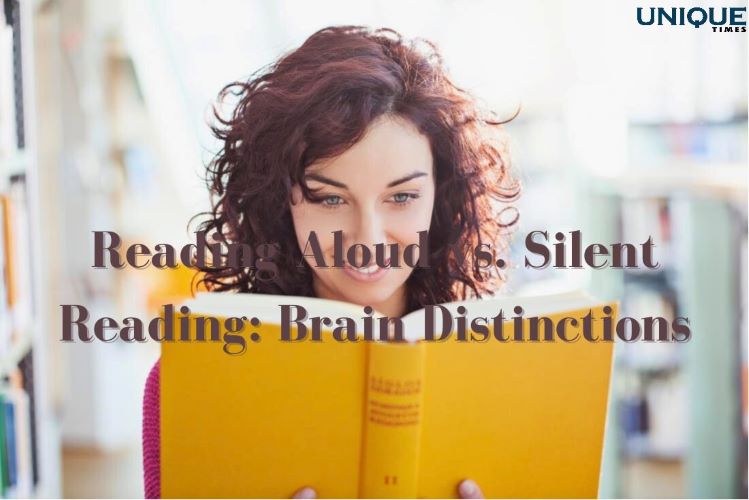The Brain’s Distinct Pathways: Reading Aloud vs. Silent Reading

Reading is a fundamental skill that engages our brains in various ways, and it turns out that reading aloud and silent reading involve different neural circuits. In this blog, we’ll explore the intriguing neurological distinctions between these two reading modes and why they matter for understanding how our brains process language.
Reading Aloud: A Vocal Journey
When we read a text aloud, we activate specific brain regions responsible for language production and speech. Here’s how it works:
1. Language Processing Centers
Reading aloud primarily involves the activation of Broca’s area, a region located in the left frontal lobe of the brain. This area is crucial for language production, including speaking and articulating words.
2. Auditory Feedback
As we read aloud, our brain also processes the auditory feedback of our own voice. This feedback loop helps us monitor our speech and adjust our pronunciation in real-time.
3. Motor Coordination
Reading aloud requires precise motor coordination of the mouth, tongue, and vocal cords to produce the correct sounds and words. This coordination is orchestrated by the brain’s motor cortex.
Silent Reading: A Quiet Mental Symphony
In contrast, silent reading is a more cognitive and internalized process that engages different neural circuits:
1. Visual Processing
Silent reading primarily activates the brain’s visual processing areas, such as the occipital cortex, which is responsible for recognizing and interpreting written words.
2. Comprehension and Integration
When we read silently, the brain’s posterior regions, including the angular gyrus and the Wernicke’s area, come into play. These areas are involved in understanding and integrating the meaning of words and sentences.
3. Inner Voice
Interestingly, during silent reading, many people report an “inner voice” in their minds as they mentally pronounce words. This is the brain’s way of simulating the auditory experience without actually vocalizing.
Why It Matters
Understanding the neural differences between reading aloud and silent reading has implications for education, therapy, and cognitive research:
1. Reading Instruction
Educators can tailor their teaching methods to help students develop both oral reading and silent reading skills, recognizing that they engage distinct brain processes.
2. Speech Therapy
For individuals with speech and language disorders, targeted interventions can be designed based on whether the goal is to improve oral communication or comprehension during silent reading.
3. Cognitive Research
Neuroscientists can use brain imaging techniques to study these different reading processes, shedding light on how our brains process language and make sense of written text.
In conclusion, whether you’re reading aloud to a group, silently enjoying a book, or engaging in a combination of both, your brain is orchestrating a unique symphony of neural circuits. This intricate interplay showcases the complexity of human language processing and the remarkable adaptability of our brains in response to different reading tasks.
Picture Courtesy: Google/images are subject to copyright








